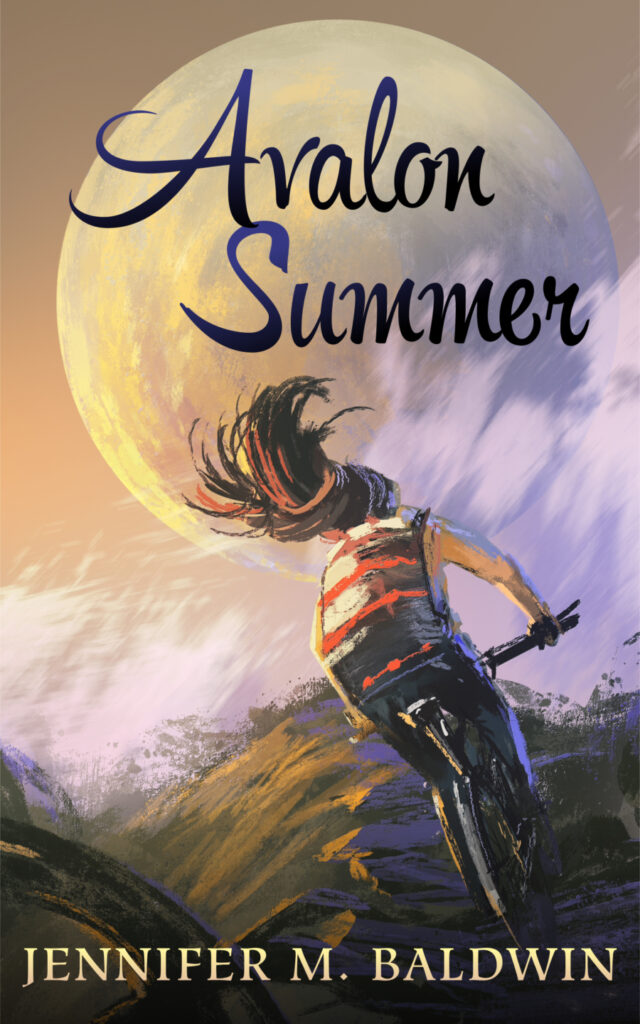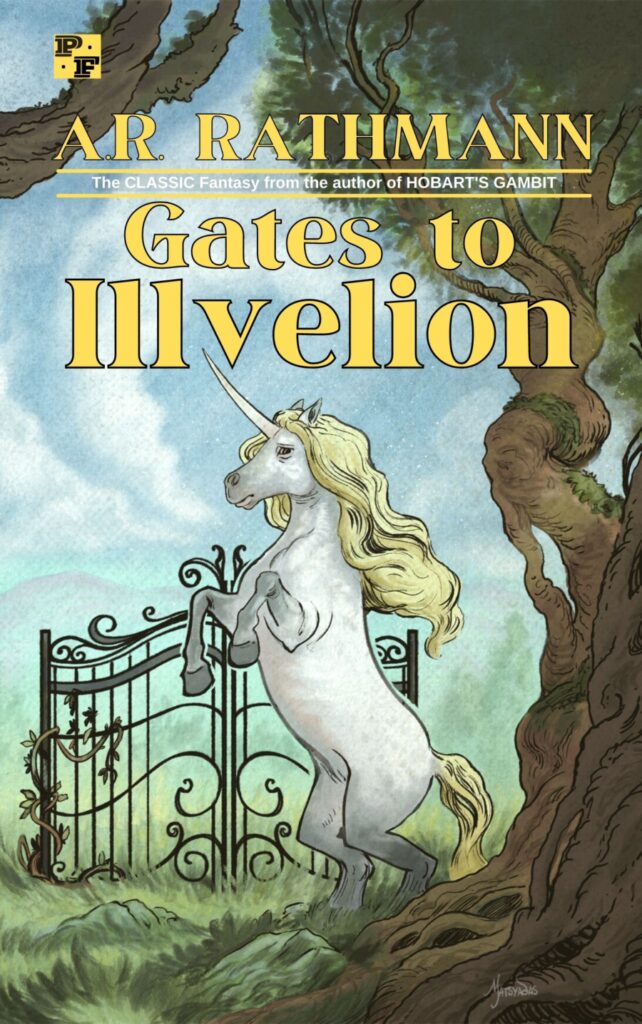Can I get back to daily blogging? Would it be worth it? There’s a part of me that thinks, “What’s the point?” since nobody really reads my website, and the time devoted to daily blogging might be better spent elsewhere (like soliciting new editing clients…), but then I think about the joy I get from hitting “publish” and seeing my blog post go live to the world. Sure, nobody will read it (except my husband, maybe), but there’s something satisfying about being able to write a few thoughts, ramble a bit without any direction, and then hit publish.
I have loved the act of blogging since I first discovered it more than fifteen years ago. I have always preferred blogs to any of the other social media that have sprung up afterwards. Yes, I do have a newsletter (I’m on Substack like everyone else), but the blog is a different kind of space. It’s more intimate, somehow. And it’s a lot more like a playground. I’m just doing whatever, no pressure or purpose other than to muck around. I’m not doing this blog to make money; no monetizing or ads or anything like that. I just want to write and explore and post it for other people to see. Even if no one sees.
Maybe daily blogging wouldn’t be worth it. Maybe I should be doing something else, something more “productive.” There’s an argument to be made that I should spend these fifteen or twenty minutes a day working on my fiction instead. That’s probably the most persuasive argument against daily blogging. I love to write fiction, and I should always be doing more of it if I can. I have novels and series that need finishing. I have readers who are waiting for new books.
But—
As much as I love writing fiction, blogging uses a different part of my brain, a different writing muscle, and I want to use that muscle. Blogging has a way of helping me with my fiction. It gives me a chance to get words down on paper, to open the floodgates so to speak, so that all of my writing — fiction, nonfiction, journaling, copy writing — becomes easier. There’s this weird phenomenon where words beget more words, and more words beget even more words, and if I’m writing on the blog, suddenly I’m writing more fiction, and if I’m writing more fiction, I suddenly have words I want to add to the blog. Instead of the blog taking away from my other writing, it almost ends up feeding it.
Time, of course, is the most precious commodity, and there will be days when I don’t have enough time to let all the words out that I have bubbling up inside, and so I guess on those days, one type of writing will be sacrificed for the other. Maybe some days I only blog or I only write fiction. But I gave up my teaching job precisely so I could have more time for writing, and even though time is still scarce (I have young children, after all), I have more freedom now to use my time as I will. Even if it’s just for five minutes, I can use that time for blogging.
It’s not really the time that matters anyway. It’s the desire, the will to do it. If I say I want to blog everyday, then I can do it. If I say I want to write fiction every day, then I can do it. Even one minute is enough.
I think that’s why I want to start blogging again. It’s another way to write, another way to get words on the page. And words beget more words, and more words, and more words. For a writer, that’s a good thing.
 I thought that by making my American Literature syllabus into a zine, I would be saving something. Saving my desire to teach. Saving my subversive stance against traditional education. Saving my students from their mistaken ideas about learning and literature.
I thought that by making my American Literature syllabus into a zine, I would be saving something. Saving my desire to teach. Saving my subversive stance against traditional education. Saving my students from their mistaken ideas about learning and literature.

